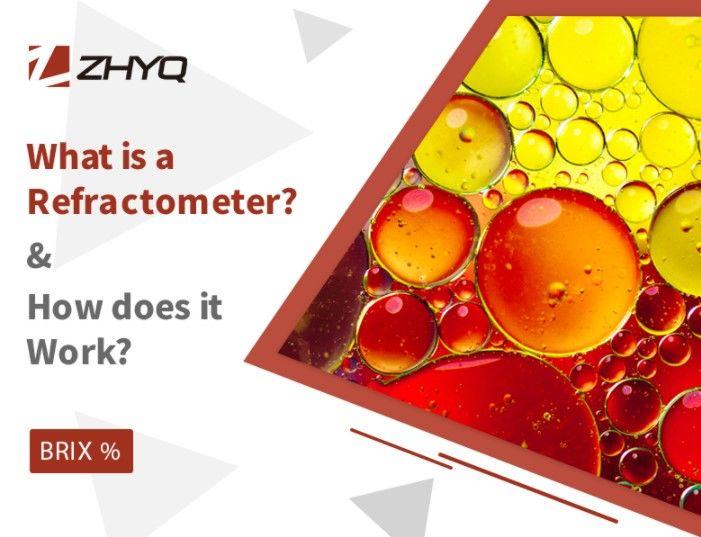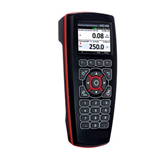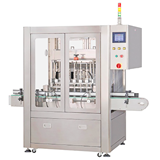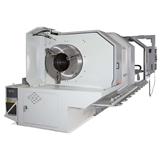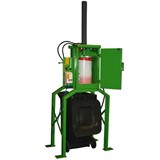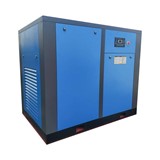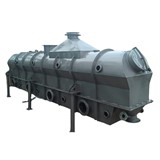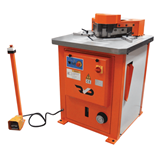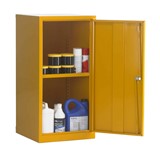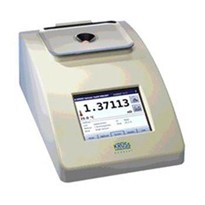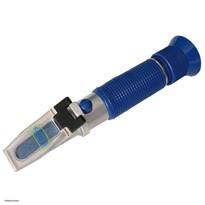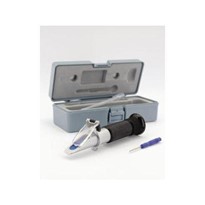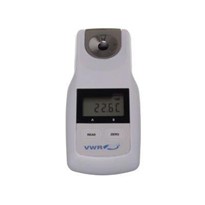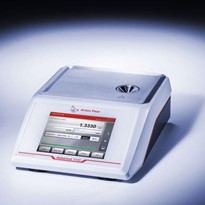How a Refractometer Works
When light enters a liquid it changes direction; this is called refraction. Refractometers measure the degree to which the light changes direction, called the angle of refraction. A refractometer takes the refraction angles and correlates them to refractive index (nD) values that have been established. Using these values, you can determine the concentrations of solutions. For example, solutions have different refractive indexes depending on their concentration in water.
The prism in the refractometer has a greater refractive index than the solution. Measurements are read at the point where the prism and solution meet. With a low concentration solution, the refractive index of the prism is much greater than that of the sample, creating a large refraction angle and a low reading (“A” on diagram). The reverse would happen with a high concentration solution (“B” on diagram).
Brix Scale and Common Brix %
The Brix scale is calibrated to the number of grams of cane sugar contained in 100 mL of water. Therefore, the Brix % reading equals actual sugar Concentration.
| Sample fluid | Brix % |
| Cutting oils Oranges Carbonated beverages Apples |
0 to 8 4 to 13 5 to 15 11 to 18 |
| Grapes and wines Concentrated juices Condensed milk Jams and jellies |
14 to 19 42 to 68 52 to 68 60 to 70 |
Common Refractive Indexes
Refractive index readings are temperature-dependent.
| Sample fluid | Temperature | Refractive index |
| Methanol Acetone Ethanol Acetic acid Benzene |
25°C 25°C 25°C 25°C 25°C |
1.326 1.357 1.359 1.370 1.498 |
| Paraffin oil Palm oil Olive oil |
20°C 20°C 20°C |
1.412 1.456 1.471 |
| Methyl salicylate Methyl iodide |
25°C 25°C |
1.522 1.740 |


